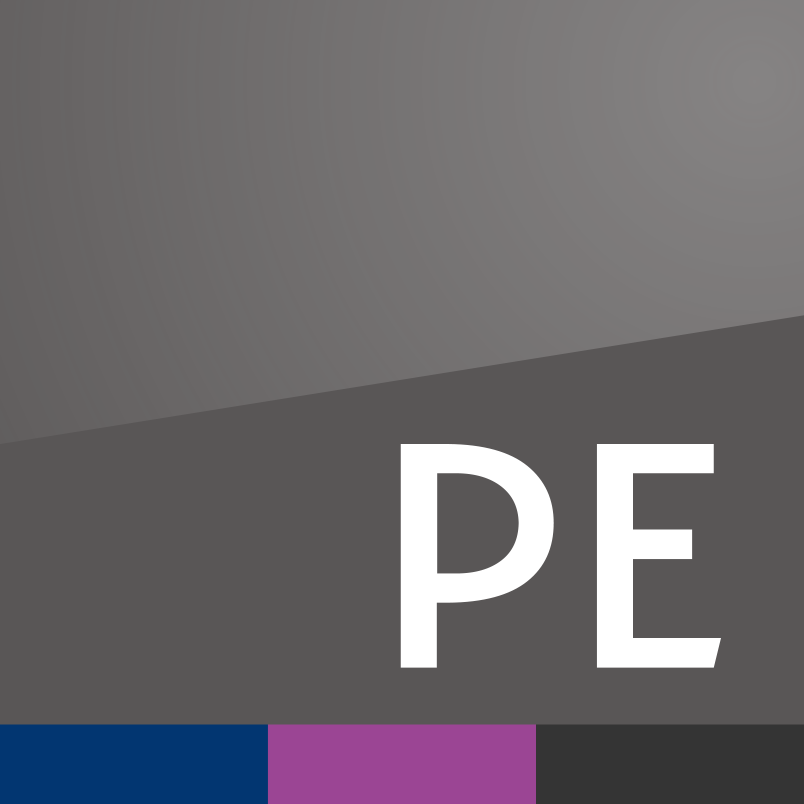As the global industrial sectors contend with multiple economic, competitive, and regulatory challenges, not to mention the curveball of the Covid-19 pandemic, they have sought to drive efficiency savings and improve sustainability through digital solutions. Most experts agree that the path to the connected, efficient plant of the future will be paved by the ‘digital twin’.
A 2019 Gartner Research survey revealed that 75pc of organisations implementing Internet of Things (IoT) already use digital twins, or plan to within a year. What’s more, according to the Institute of Electrical and Electronics Engineers (IEEE) Spectrum, 80pc of companies have digitalisation initiatives underway, with 69pc indicating that they must become more digital.
Digital twins improve collaboration and decision-making, empower connected workers, and can even provide sustainability insights. But while many companies have accelerated their digital transformation, many also fail to set themselves up for long-term digital success in the rush to solve today’s engineering and operations hurdles and by— relying on outdated procurement processes and approaches. These legacy processes could prevent scaling to an enterprise digital twin in the future and ultimately result in unnecessary expense and additional engineering work.
Understand your goals
Before the technology procurement process even begins, companies must first understand their goals by asking themselves some key questions, such as:
- How can digital twin technology be used to create a connected environment across the business?
- How will that deliver transformation benefits to the company?
- What does a good outcome look like?
- Does the digital twin solution need to be tailored to our exact needs or would it be more efficient and effective to implement an already proven Software-as-a-Service (SaaS) solution?
Clarifying this vision before the procurement process begins ensures the right type of qualifying questions are asked and the right digital twin partner can be identified.
Pivot away from features and functionality
There is an ongoing disconnect between companies requesting use-case examples and tailored functionality, yet still asking for a SaaS solution. To better understand why, Aveva reviewed more than 45 requests for proposals (RFPs) received in the last 18 months from companies embarking on their enterprise digital twin strategies.
A clear trend emerges showing that organisations who work toward a scalable solution fare better in extracting the most value from their digital twin efforts.
Most often, this means shifting from a highly tailored solution—or a solution that focuses only on the digitalisation of one asset—to one that instead focuses on rapidly building a baseline case for a regional digital twin. The ideal solution also leverages technology that is flexible in functionality and deployment in order to scale up.
The result is an accessible solution that can easily be adapted to suit the needs of each unique plant, while also contributing to the digital twin on a multi-regional or even enterprise level.
Embrace SaaS
Many companies mistakenly assume that if they achieve proof of concept success in digitising one asset (often a greenfield plant) with a highly tailored solution, then they can easily replicate it on other, older assets.
They soon find out that this approach is overly simplified. Every asset is different; at different stages of life, with different requirements and different ways of operating. Proving a tailored concept on one and scaling to many only works with multiple new plants that are similar in design and function to the first.
That’s why a cloud-enabled SaaS solution is transformational. It has already been proven to work—and in Aveva’s case it has been proven to work for the energy industry. It provides a standardised way of connecting all design, engineering, and operational data in a single platform that enables everyone to access the information they need across a network of digital twins, when they need it.
Find a partner not a provider
Our review of RFPs found a very mixed picture in the type of engagement requested by industrial companies. Taking a traditional approach of a fixed contract leads to a transactional relationship, as opposed to a partnership agreement where your digital twin provider can work hand-in-hand with your teams, adding value and reducing risk to your business at every stage.
Steve Parvin is the vice president of engineering information management for Aveva. For more details on how a digital twin strategy will help you create the plant of the future, download Aveva’s Engineering the Plant of the Future Whitepaper here.









Comments